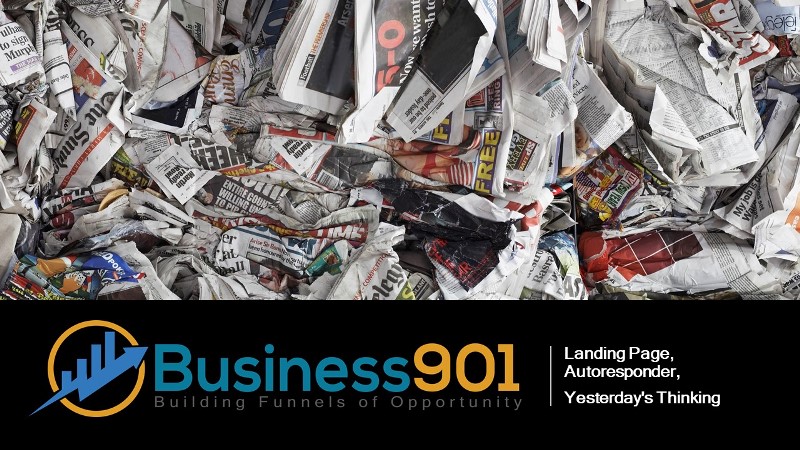Digital Marketing has made it so easy and automated.
We have all been here. We start out creating a landing page, give away something of “value” and dump the contact into an 8-piece auto-responder over the next 15 to 30 days and then transition them to our regular email base to keep in touch. We might even be sophisticated enough to recognize who clicked on what and segment the list at the beginning or even during those magical 30 days. In the long term, we continue to make offers and build additional auto-responders based on the prospect’s actions.
When a customer’s expectation is looking for a marketing analysis and framing it as a one-time project and less than a week, their expectation is Harry Potter level magic. What they really get is something more like this: Landing Page + Funnel Creation = Today’s Brooklyn Bridge (oversold + overused). That silver bullet that is next to impossible to obtain, unless you are just plain lucky.
Why most marketing funnels don’t work: Gall’s Law, “A complex system that works is invariably found to have evolved from a simple system that worked. A complex system designed from scratch never works and cannot be patched up to make it work. You have to start over with a working simple system.”
Most marketing efforts FAIL not as a result of the process but because we don’t understand our customers, our prospects and eventually, our markets. A study of 30,000 startups that Harvard Business Review did several years ago, they found by a very wide margin that lack of market segmentation or customer definition as the number one reason for product/company failure. This is why it is not good enough to define a market based on just a broad demographic.
The original sales funnel and still the one in general use today was developed by Elias St. Elmo Lewis in 1898. We appeal to as many people as we can and narrow them down to the point of sale. Not a bad run for any system. This was refined by the Fuller Brush people going door to door and refined even more by the next generation of cold-callers. It has even taken another step with the advent of digital and email marketing and social media. Which in turn has created an abundance of people selling systems.
It has even taken another step with the advent of digital and email marketing and social media. Which in turn has created an abundance of people selling systems. I go all the way back to the Dan Kennedy, Tellman Knudson and the sideway picture product launch by Jeff Walker. I am up to speed with current thoughts of Ryan Deiss, Eben Pagan, Lisa Sasevich, Jeanne Gabelini, Ryan Levesque, Salim Ismail, Verne Harnish, Phil Fernandez (Marketo)and Aaron Ross (SalesForce).
We construct Sales and Marketing Funnels and other tools thinking that we can create a customer/opportunity from it. I am not saying any of this is wrong because just by the actual application of some type of process, we are going to focus and become more effective and maybe even more efficient. However, all basically use the same technique; appealing to mass audiences. I call this method a Funnel of Depletion. With this method, you push out a lot of information, hoping it reaches the right people. Whether it is Inbound or Outbound Marketing, there is still a lot spraying and praying (preying) going on. I call this a funnel of depletion.
This type of thinking limits your scalability. You might be surprised but super-targeting works. A past HBR article demonstrated that you grow 2X faster when you sell into Micromarkets. Also, when you analyze your wins instead of your losses it makes you 10X more likely to understand the events that trigger decision makers to become motivated about buying your product or service.
Conversion is a result of relevance. Relevance opens the doors to experiences that matter, surprise, and bring value to our prospects and customers. Starting that conversation, even on a website is determined by how relevant you are to that person. Relevance is the key to that door. Without it, you can’t experience the value that you have to offer. With it, your customer will enter. The power of relevance is not how connected you are to what they already know. The power is in the experiences that you offer… and how wonderful it feels to click and get what you do not know.
My conversations do not center on personas, link bait, and manipulation. You don’t change mindsets in an auto-responder. It is conversations about real people, moments, patterns, and opportunities. Starting this way allows the qualitative to guide the quantitative that old USA principle: Understand, Simplify, then Automate.
Regards,
Joe Dager
P.S. If you would like to stay with yesterday’s thinking there are plenty of very proficient people. They can probably make you more effective and efficient with what you want to do. However, if you would like to be challenged to think differently, I could be a worthwhile conversation.

